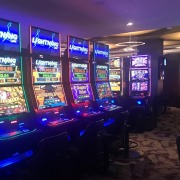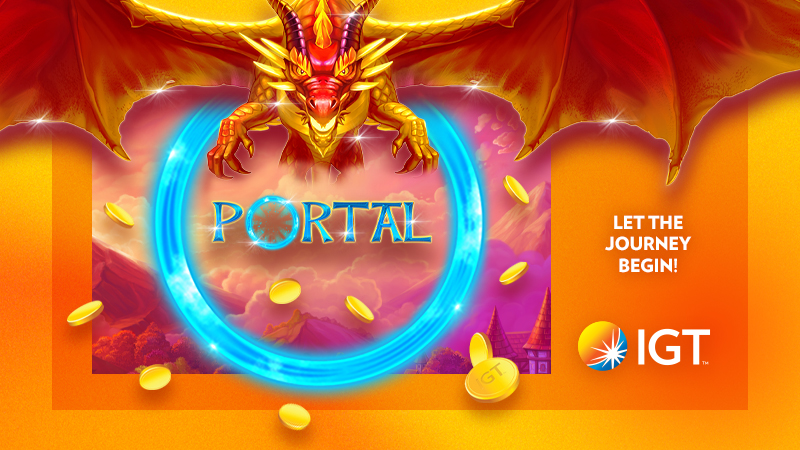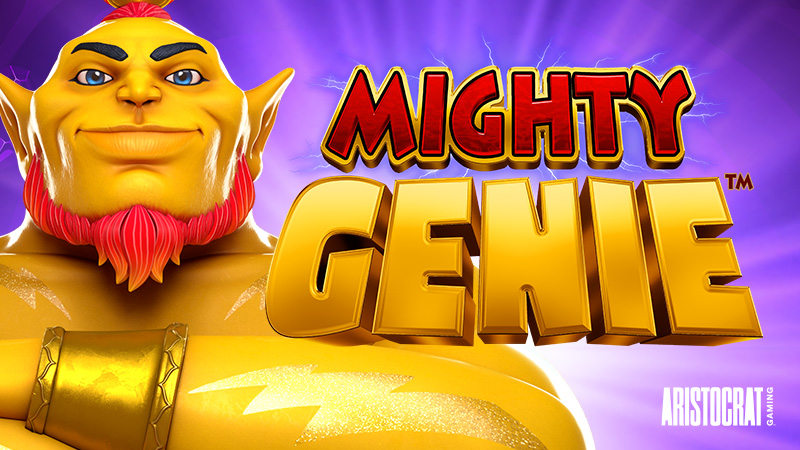SOCIAL GAMING: IT’S BIGGER THAN YOU THINK
It took years for the gaming industry to come around to online gambling. The power players in the gaming industry were fearful the upstart industry would become a ubiquitous competitor in what was already becoming an increasingly crowded market.
Fast-forward to 2017 and the gaming industry, with few exceptions, has fully embraced online gaming, so much so that you’d be hard-pressed to find a major gaming corporation without an online division.
Far from the cannibalistic threat they envisioned just a decade ago, online gaming, whether real-money or social, has proven to be a valuable asset, a complementary product that can create a new revenue stream for a casino. It can also be used as a marketing tool to attract new players to their brick-and-mortar properties. This is particularly true of social gaming.
Social gaming was initially seen as a placeholder of sorts, a way to create an online footprint while casinos waited for real-money online gaming legislation to be passed. What they soon found was that far from being a placeholder, social gaming turned out to be a windfall, a versatile product that could be deployed in a number of different ways.
In 2016, the global social gaming market’s reported value hit A$10.42 billion and is projected to reach just under A$25 billion by 2022.
Database company Statista estimates that this year, online social gaming will be worth nearly A$4 billion in the United States alone, with the lion’s share of that revenue attributed to app-based games. In Australia, the market is currently valued at around A$115 million.
Where it all began
Social gaming first shed its cottage-industry label in 2009, spurred on by the rise of social media giant Facebook, and the silent dreams harboured by millions of people to be virtual farmers and demolish shoddily built structures with the assistance of cartoon birds and a catapult.
And Angry Birds and Farmville weren’t exceptions. Subsequent social gaming successes, ranging from traditional-looking slot machines and skill-based puzzle games like Candy Crush, to eSport crossover megahits like League of Legends, gave the gaming industry pause, and a glimpse at the possibilities that could be found in the social gaming market.
In 2017, social gaming has infiltrated virtually every sector of the gaming industry. Currently, Zynga’s Texas Hold’Em Poker game is the most popular social game on the Facebook platform, suggesting that social casinos are one of the strongest branches of social gaming.
Yet, social casino games still have a lot of room for growth and future innovation, as the ancillary benefits to traditional gaming, beyond revenue, are just starting to be fleshed out.
Social Gaming Is Already Bigger Than You Think
When it comes to headlines, social gaming tends to take a back seat to its “sexier cousins”, real-money online gaming and daily fantasy sports. But compared to social gaming, the DFS and regulated real-money online gambling industries in the U.S. are small potatoes. In fact, social casino products (a single segment of the larger social gaming industry) absolutely dwarf these two industries.
Industry-leader Caesars Interactive Entertainment, a Caesars Entertainment subsidiary that operates the popular line of Playtika social casino games, is on its way to generating A$1.31 billion in annual revenue, some 13 times more than CIE’s real-money online gambling products generate, and 10 times the combined 2015 revenue of DraftKings and FanDuel combined.
The social casino market generated A$4.59 billion in revenue in 2015 with revenues expected to jump to A$5.75 billion (which represents about 4 percent of the entire gaming industry’s revenue) by the end of this year, according to Eilers Research.
If we take an even wider view of social gaming, beyond social casinos, the numbers are even more impressive. The global social gaming market is expected to reach A$22.75 billion by 2019, according to Transparency Market Research. Candy Crush and League of Legends, a “freemium” eSport game, both crossed the billion-dollar revenue mark last year. These are not simply billion-dollar companies, these are billion-dollar games.
Monetising Players: The Freemium Model
The bulk of the revenue generated at social casinos comes via the purchase of virtual chips.
The chips have no value but social play can be tied into a brick-and-mortar casino’s loyalty program, allowing a social player to earn points while playing at the casino’s social casino. Experience has shown that gamblers will spend money on virtual coins if they are getting credit against the land-based loyalty program.
Even though a social casino provides a fresh supply of chips to players every day, some users simply don’t want to wait and others want to risk more chips. This is where the word freemium comes in, and players become monetised. Freemium games are games that are free to play, but the user can, if they so choose, purchase additional items (in this case, casino chips) for a nominal fee. A player simply supplies credit card details and spends a few dollars and receives thousands or tens of thousands of chips. For the players that monetise, it’s a small price to play if they are enjoying the game.
The same monetising system is used with non-casino freemium games where players purchase lives, skills, skip levels or other game bonuses.
There are other monetisation models as well, such as in-game advertising and brick-and-mortar loyalty reward tie-ins.
Social Gaming as a Marketing Tool
Legislation issues aside, social casinos are expensive to set up and would be out of the reach for most casinos, as well as clubs and pub. But this doesn’t mean they can’t share in the benefits of social games.
For many casinos, social gaming’s real value doesn’t come from direct monetisation. In fact, many casinos don’t monetise their social games at all. The value for these operators is the ability to use social gaming as a marketing tool to bring in new customers and keep current customers loyal.
According to a G2E presentation by IGT, 83 percent of people who visit a bricks-and-mortar casino at least once a year play social games, so it would seem social games should at least be part of a casino’s marketing efforts.
According to one Maryland casino they are getting about 100 percent to 300 percent more gaming value out of social gamers that convert to their brick-and-mortar facility than other players.
In addition to bringing in new players and converting them to brick-and-mortar casino patrons, social games also allow a casino to better understand their current customers. While a casino knows everything about their players when they’re on property, as soon as they walk out the door they go “off the radar”. With social gaming options, you’re able to see what games they may have an interest in if they’re willing to monetise online, and how much time they spend playing social games.
Sources: gambling insider, gameanalytics, newzoo, Las Vegas Sun, Statista, Deloites, Station Casinos











